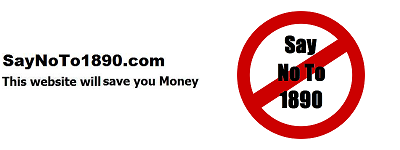SOUNDING OFF : Ripped off? Stunned by good value? Write, text or blog your experience to us
Stan Conroy in Dublin wrote to ask if we had noticed how many advertisers and service providers are increasingly using 1850 and 1890 “lo-call” contact numbers. “Nearly all government public services now use these numbers,” he says, and while on the surface it might seem like a good deal for consumers, it actually can work against people.
“Many telephone subscribers have Eircom or BT bundles (and there must be tens of thousands) which include ‘free’ local and national calls but with the notable exception of calls to 1850 and 1890, for which there is a charge. So for us 1850 and 1890 calls are anything but ‘lo-call'” he writes.
“1850 calls are charged at the local rate irrespective of duration while 1890 calls continue clicking up cost as the minutes go by.
“As most 1890 calls are to call centres this can build up to be significant cost. By the time you go through all the menus and then hang on for someone to answer, 10 minutes can easily go by, at a cost of about 50c, and that’s before you start to discuss your query. If you could deal with a call centre in 10 minutes that might be ok but experience tells me that it can be much longer and often means a call back to get all the information I require.
“Many of my non-public services are happy to give me a local number when I ask, for example, for AIB, BOI, Hibernian Insurance, Anglo Irish Bank.
“But State services have a reluctance or an inability to give out a local number.”
He accepts that the individual cost per call is not enormous “but the cumulative amount lining the coffers of Eircom etc must be significant”.
 Easons
Easons

